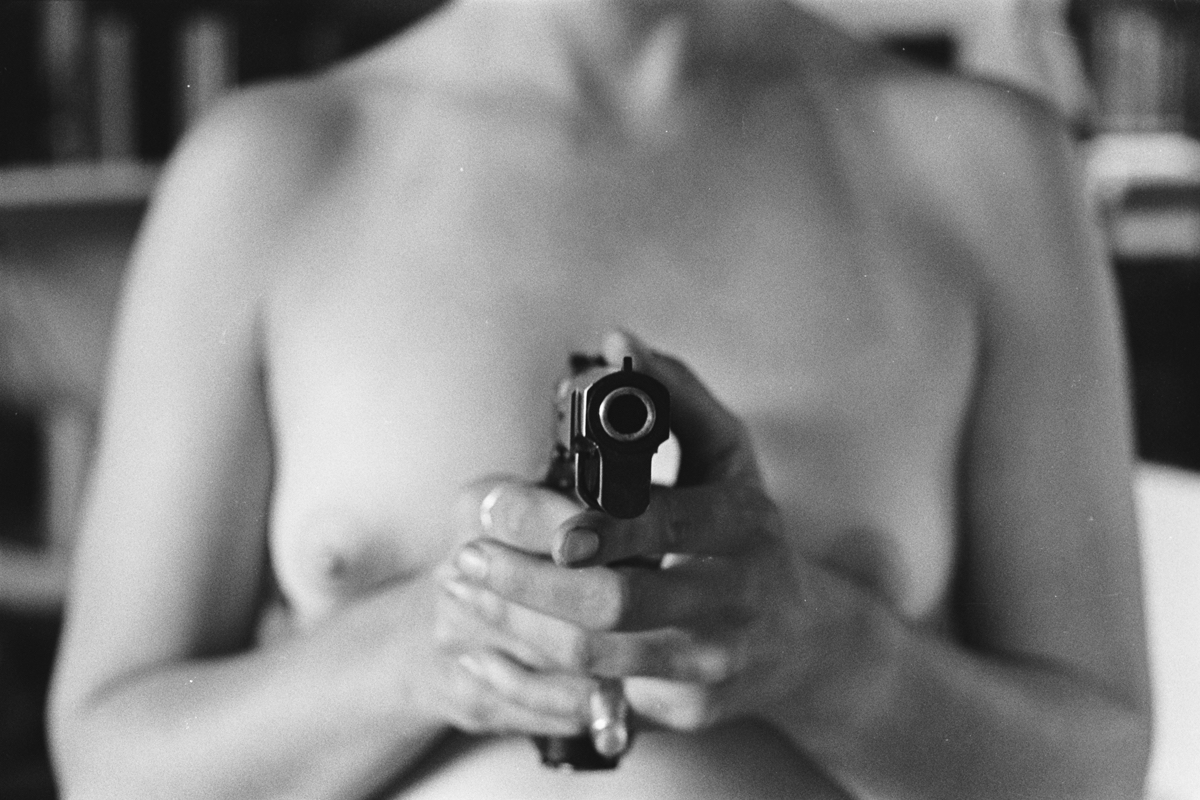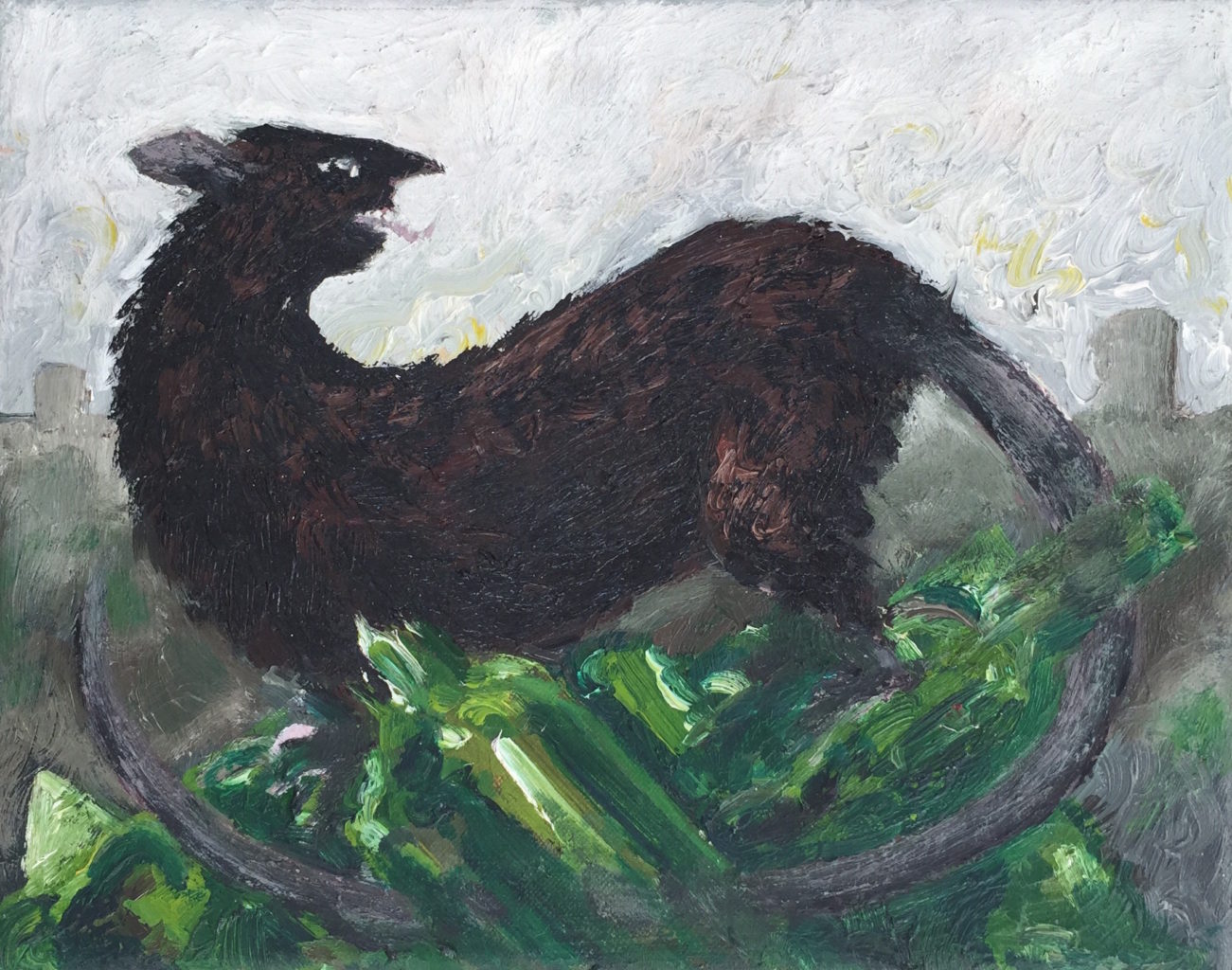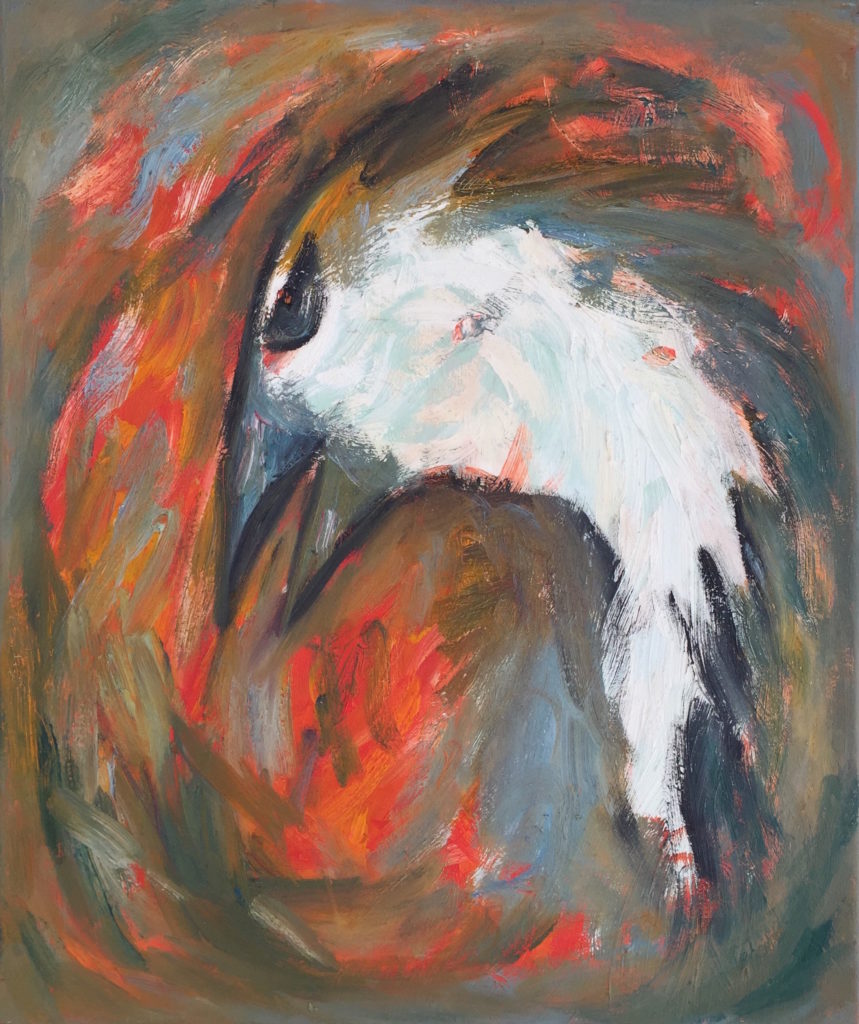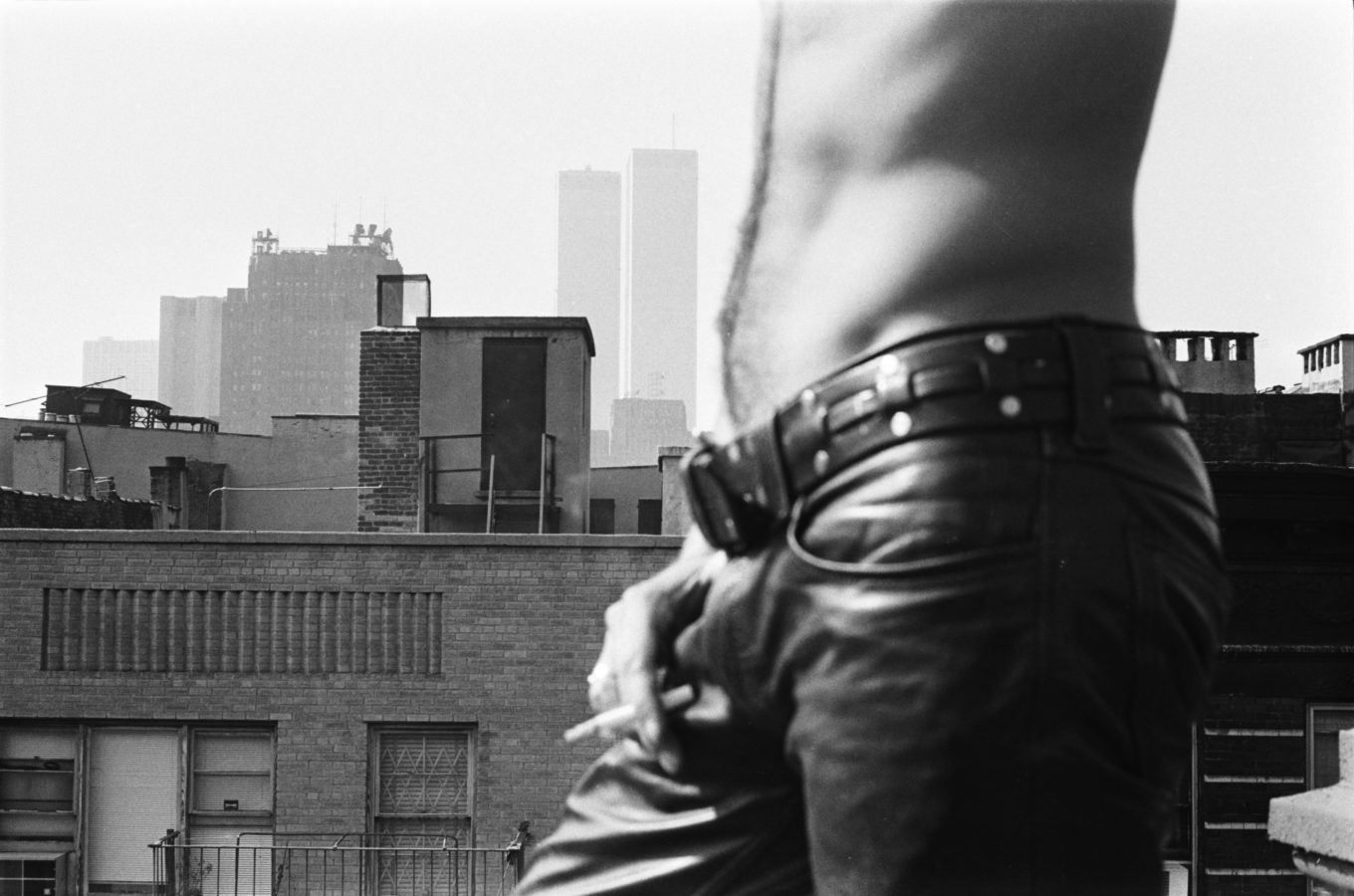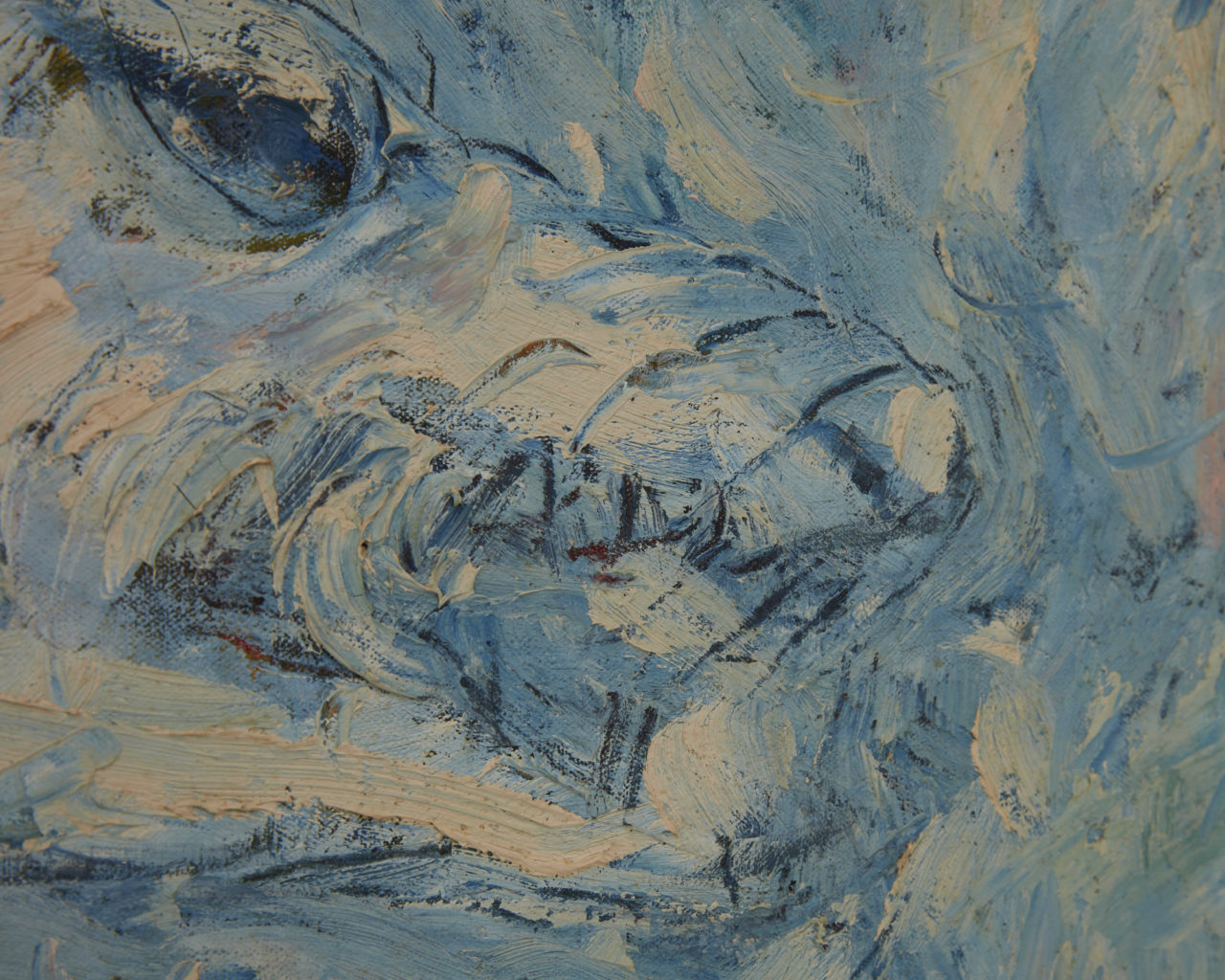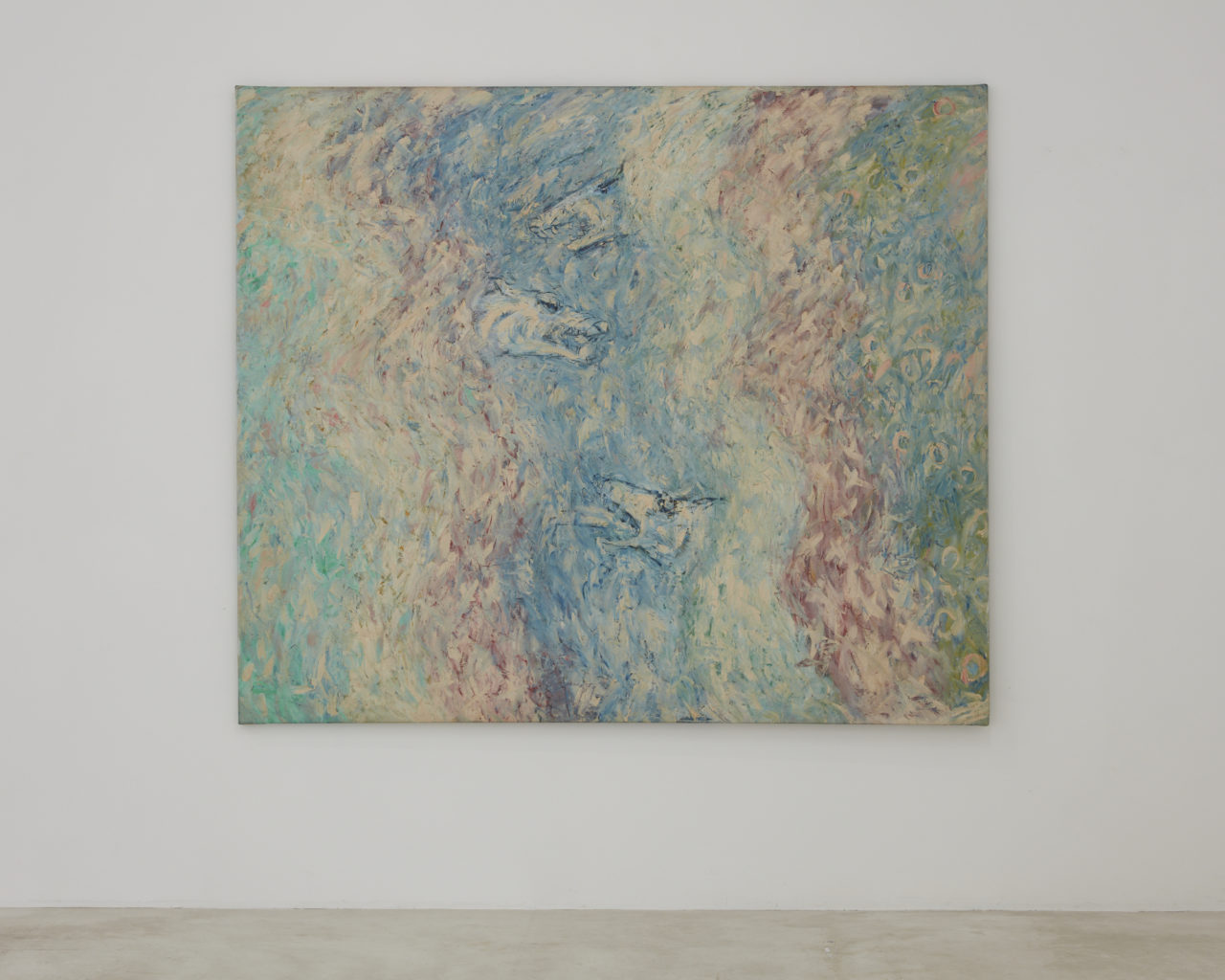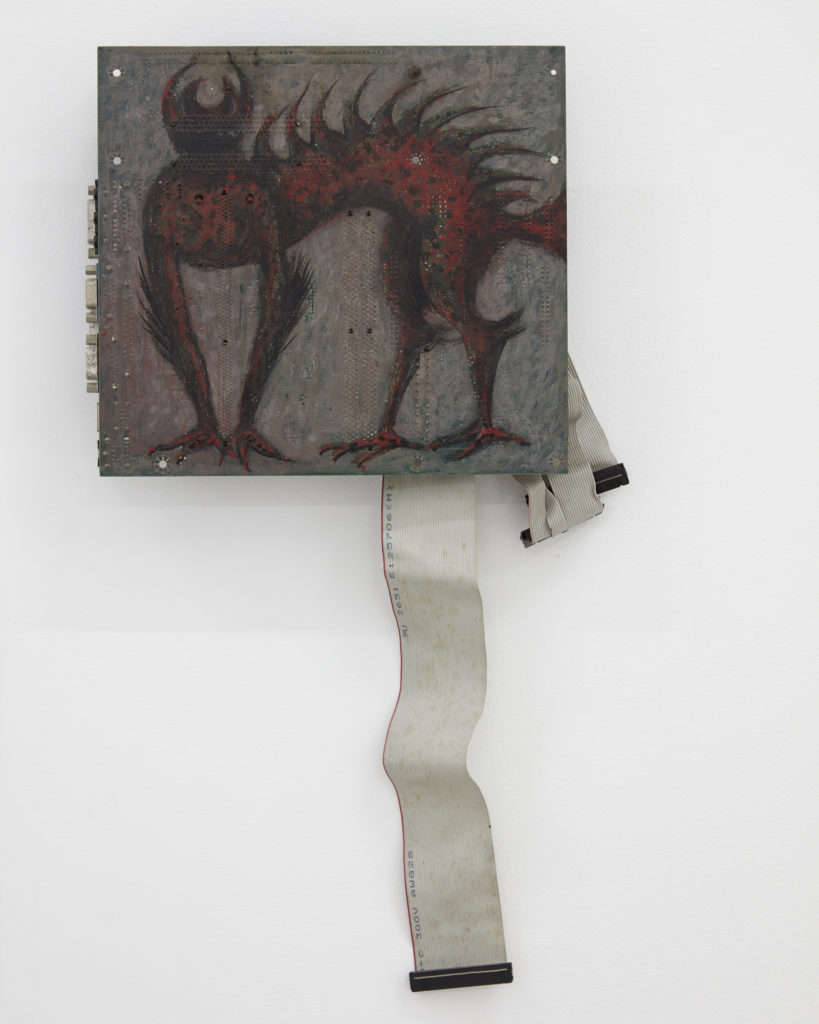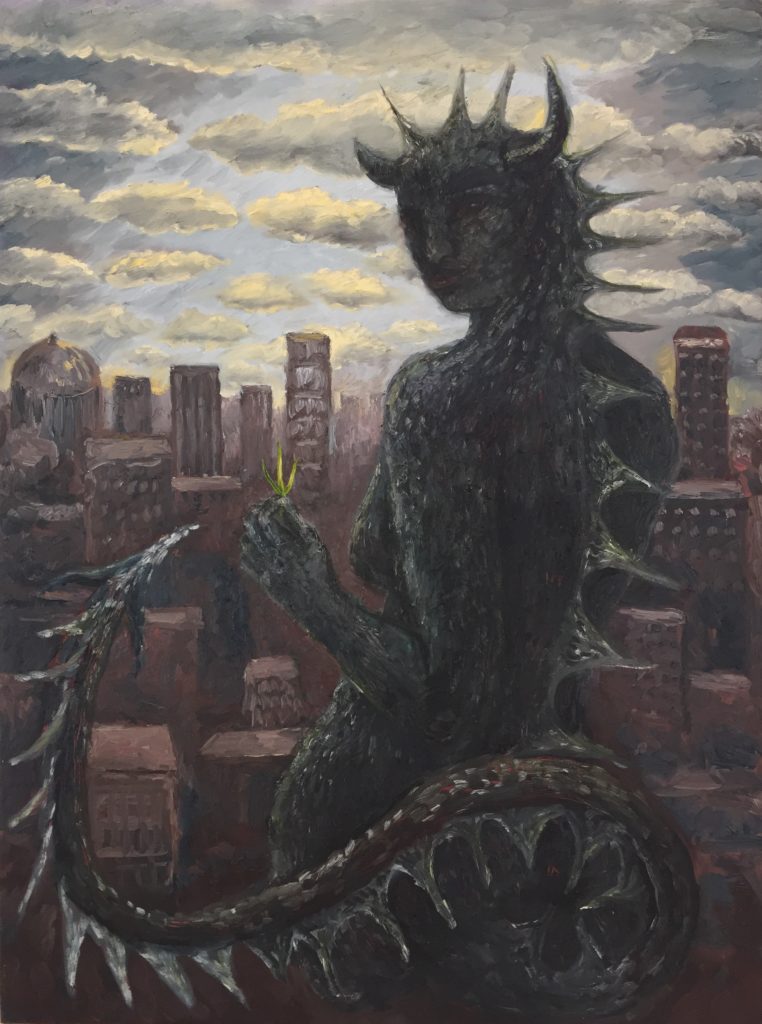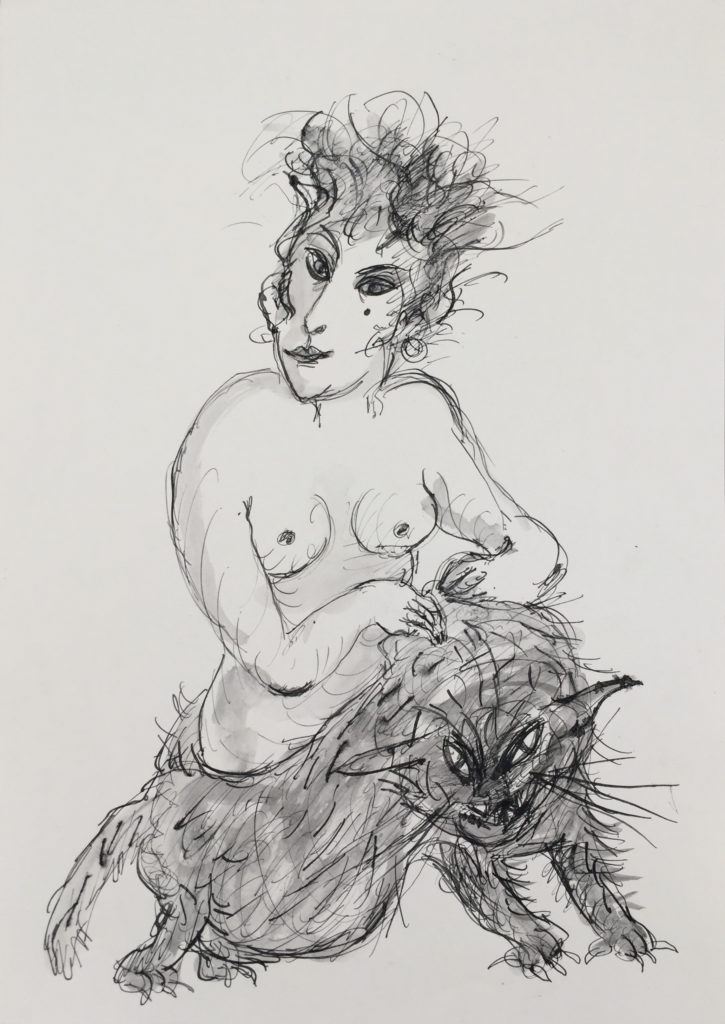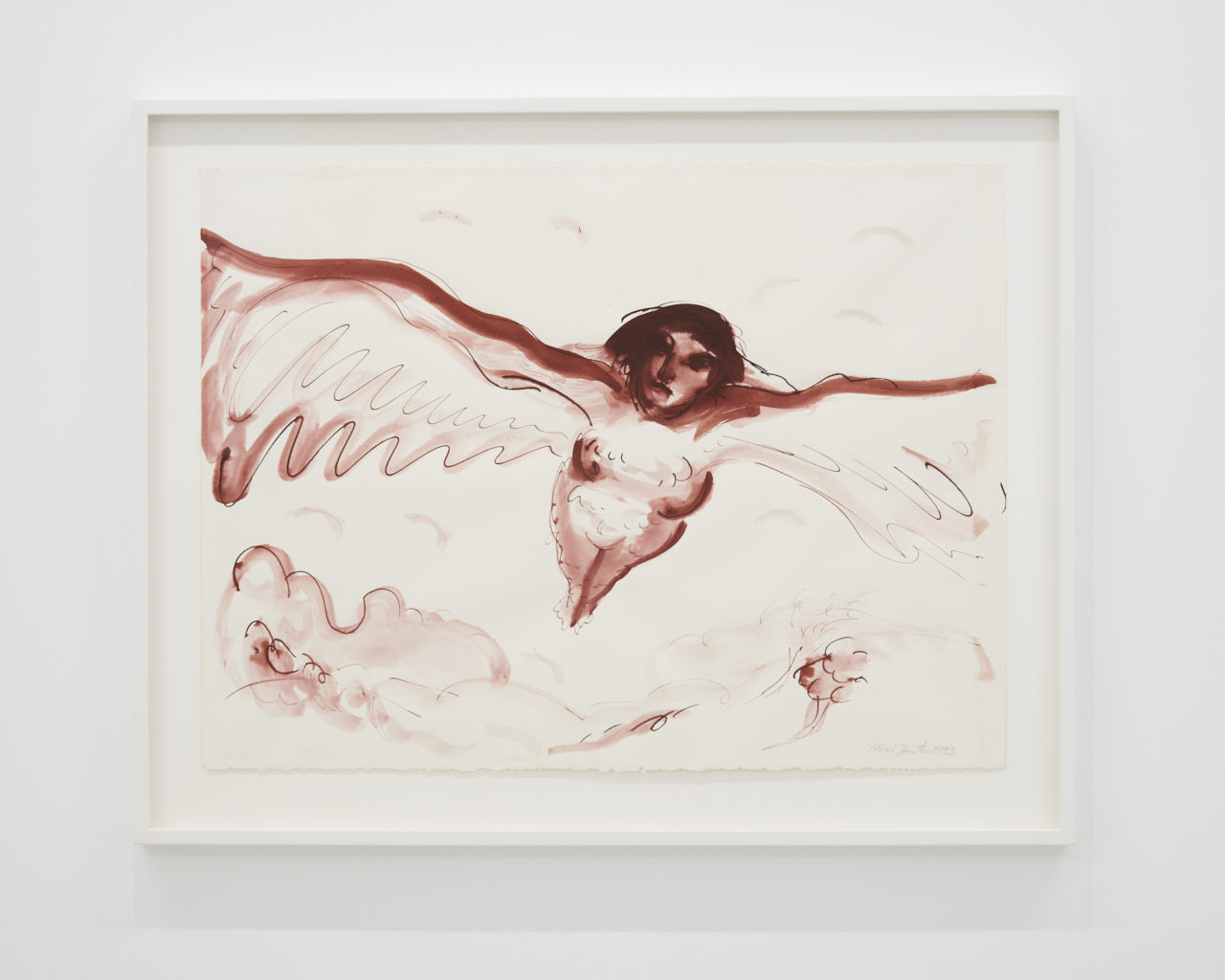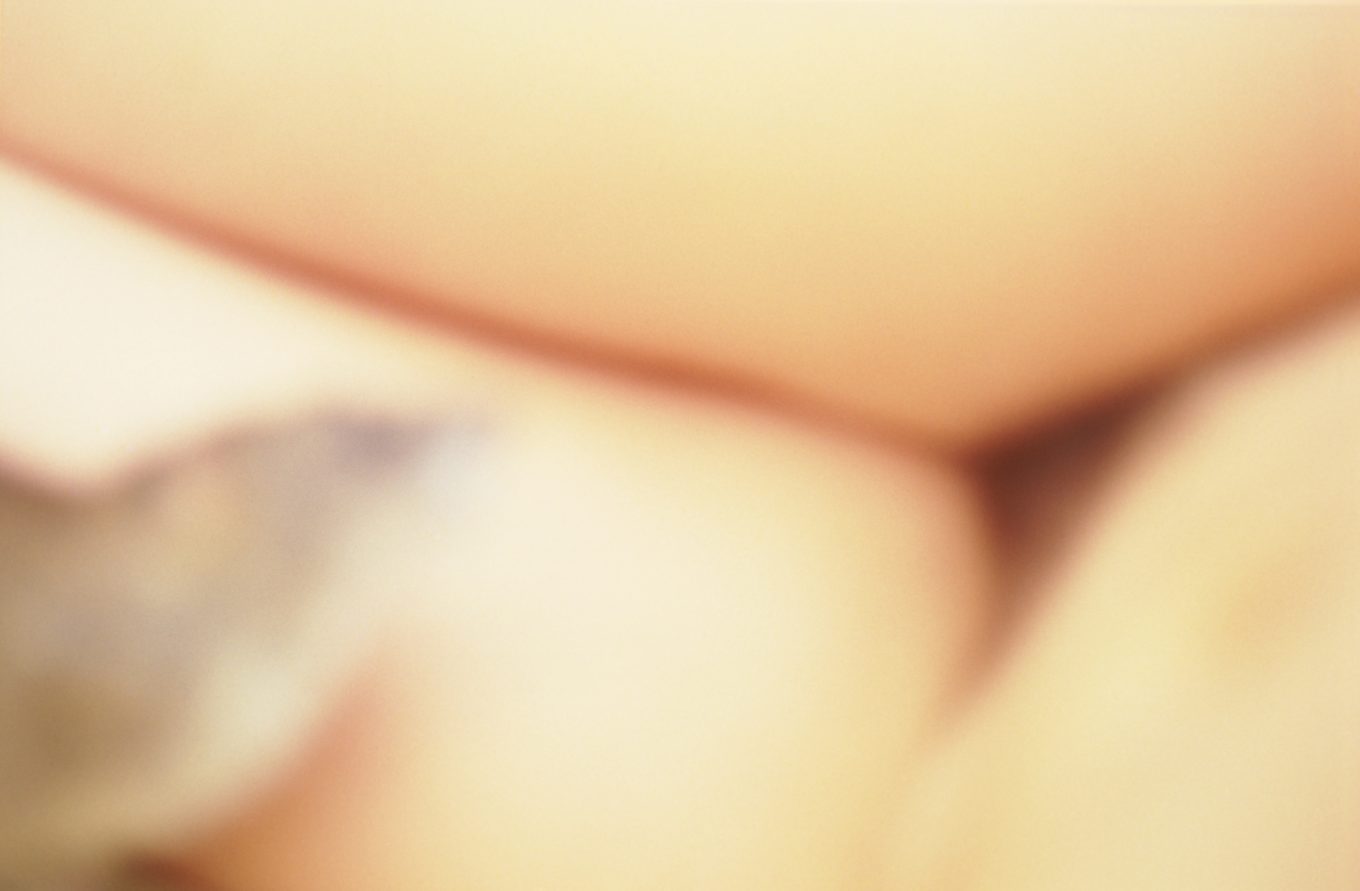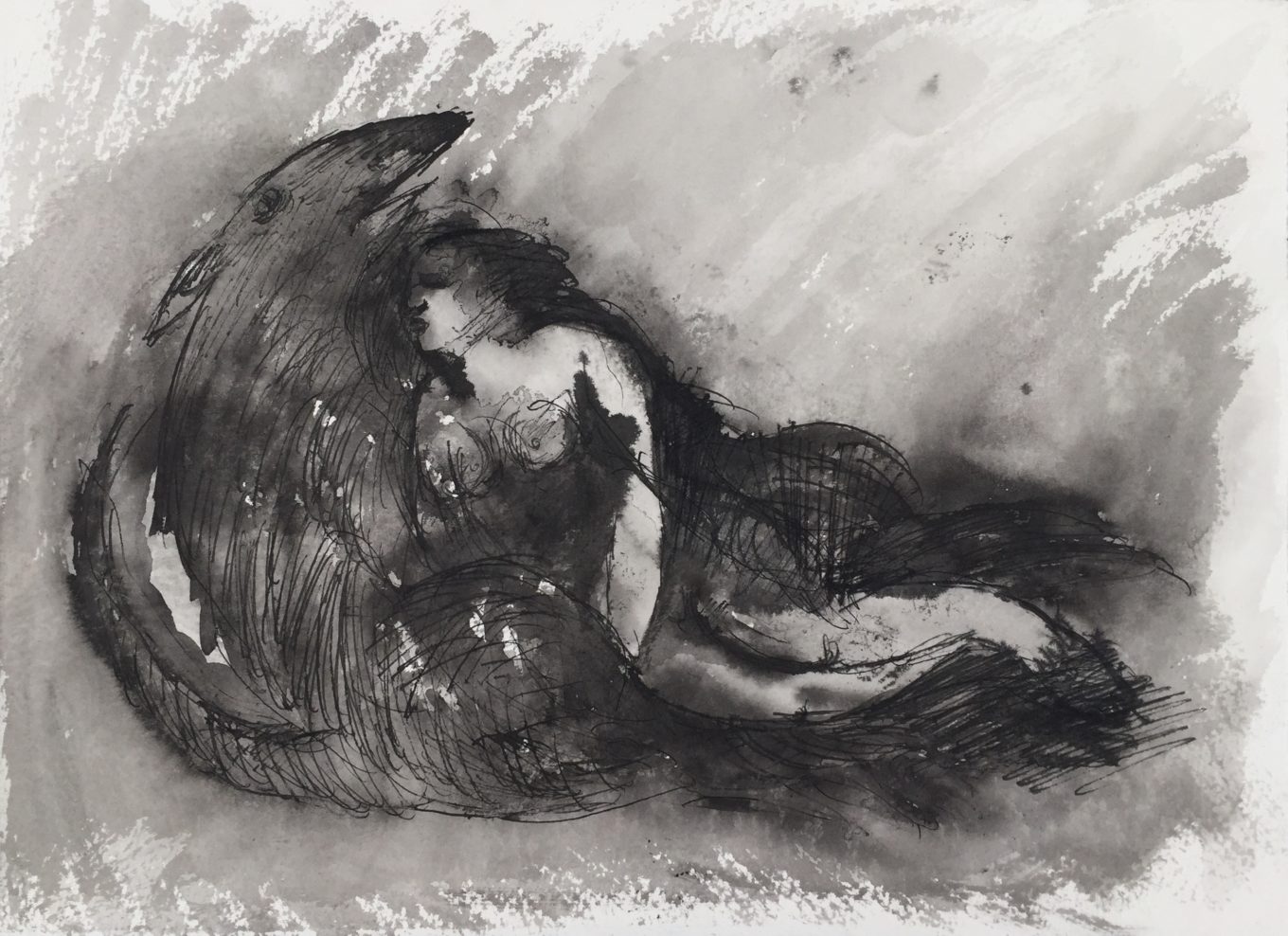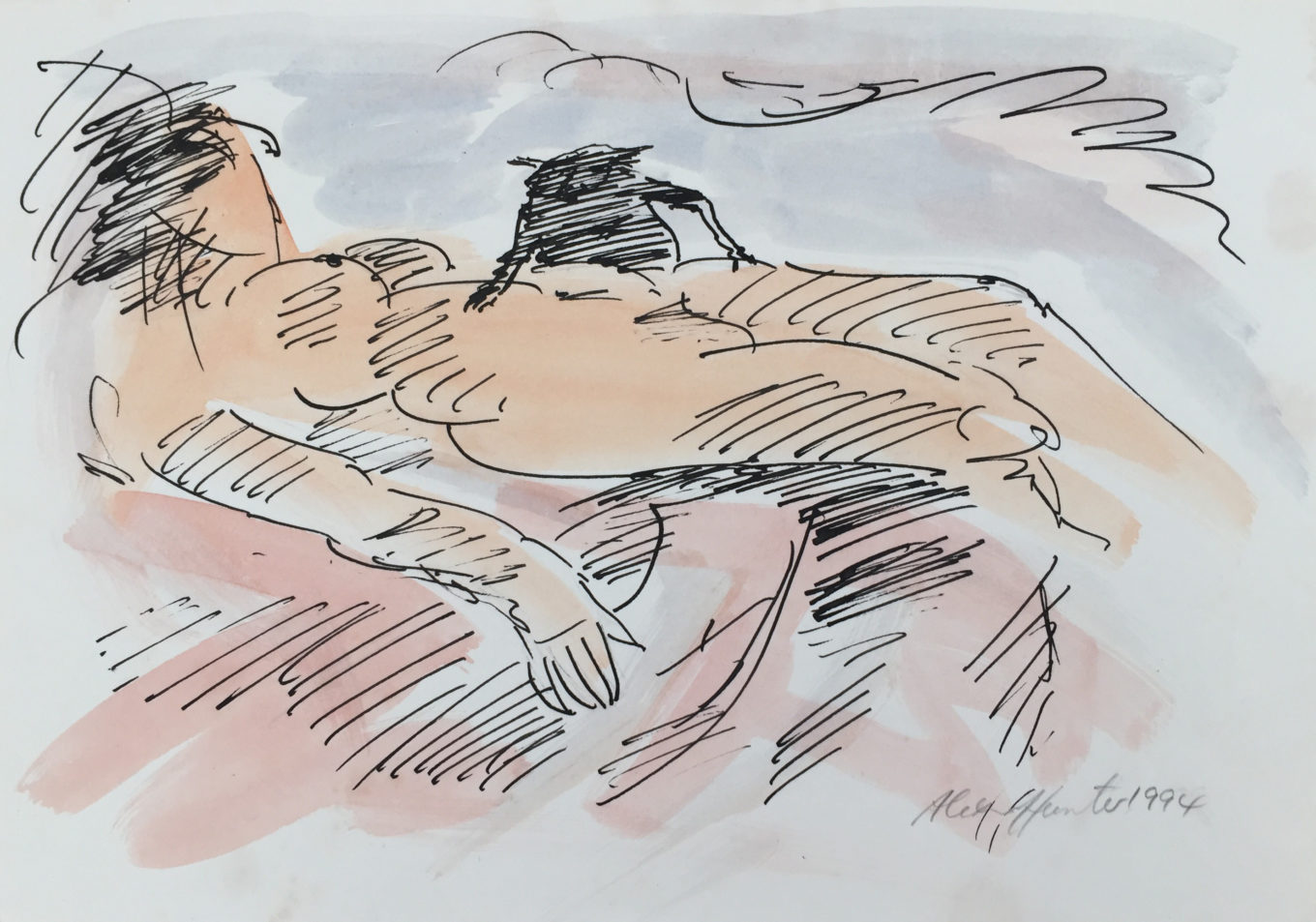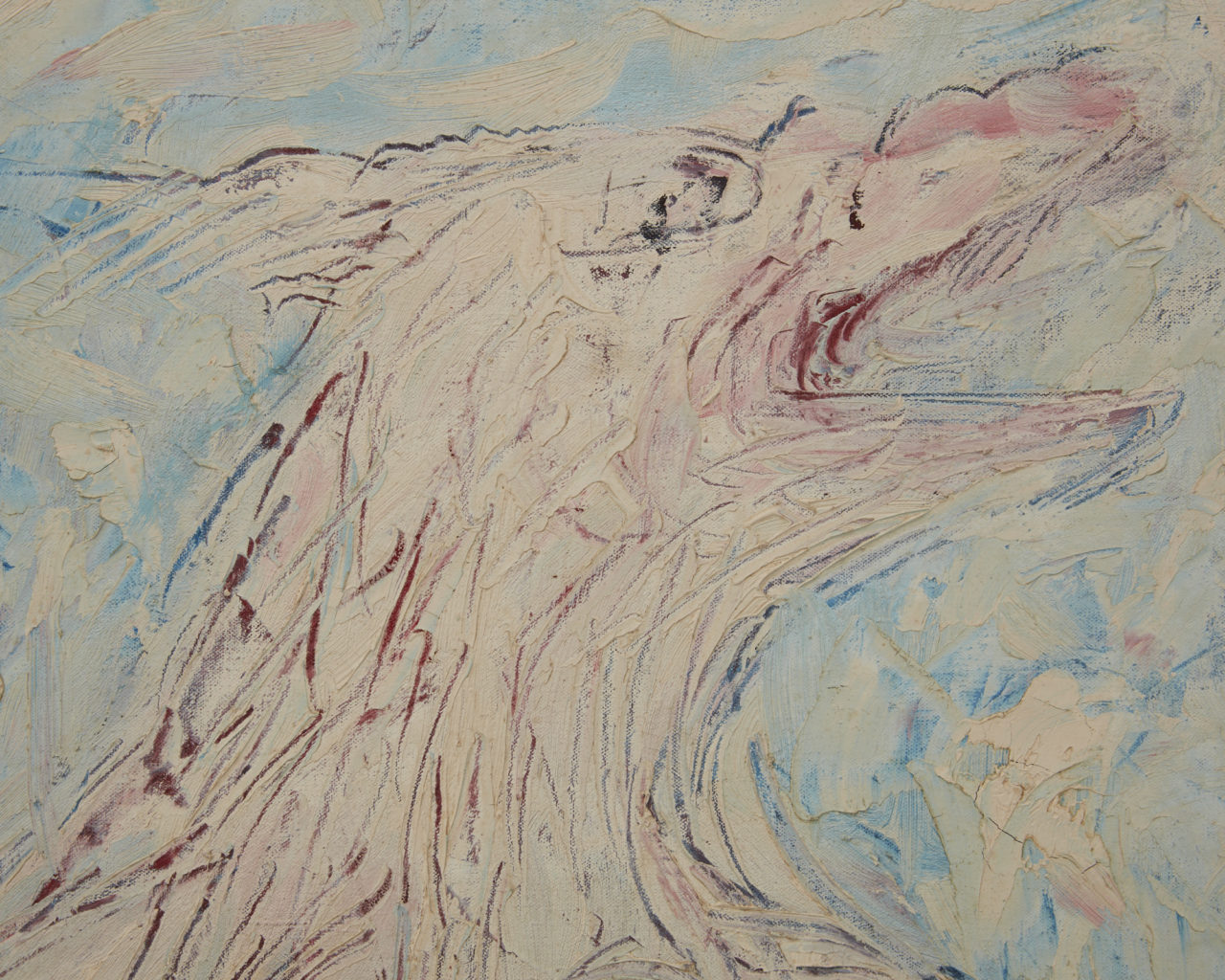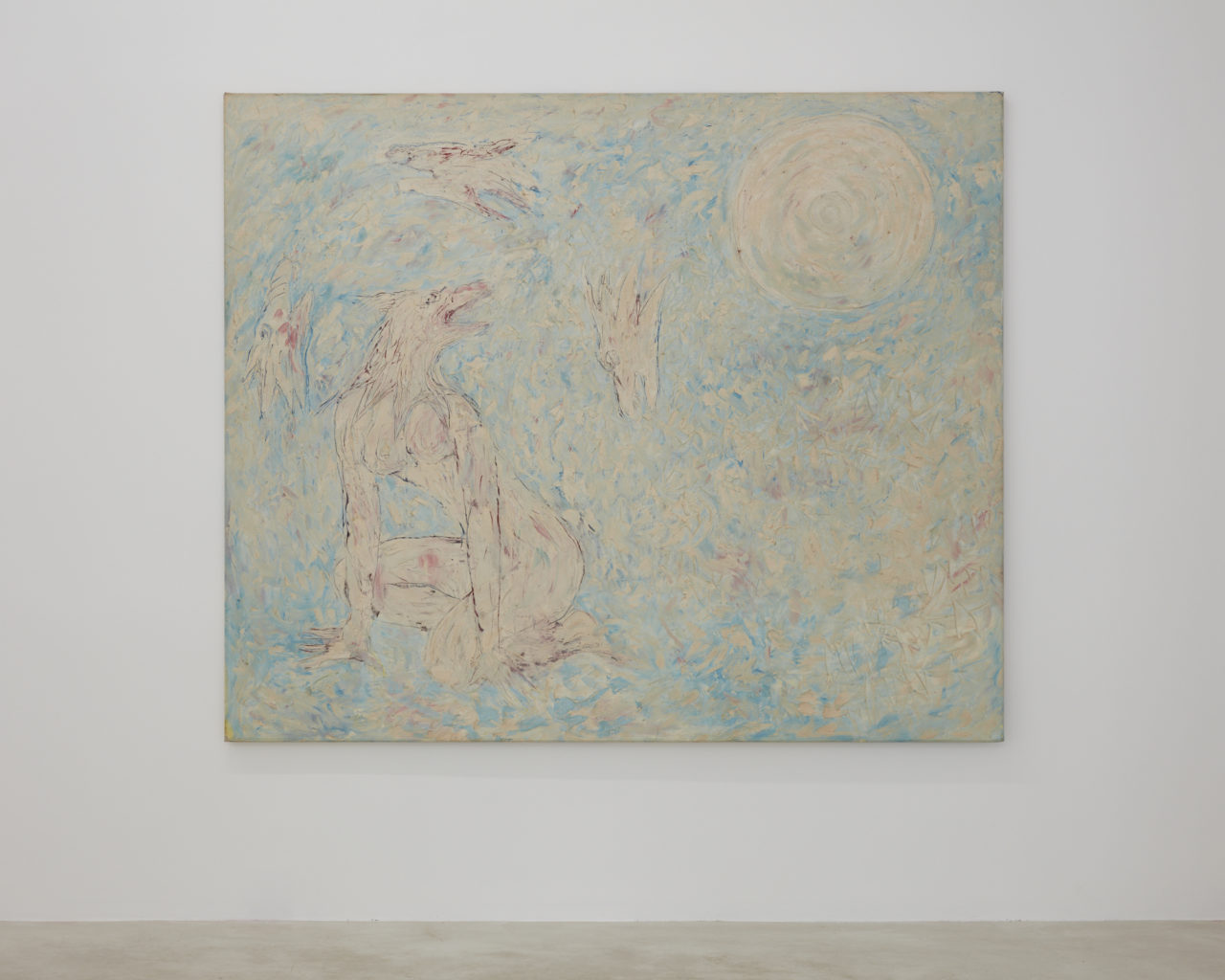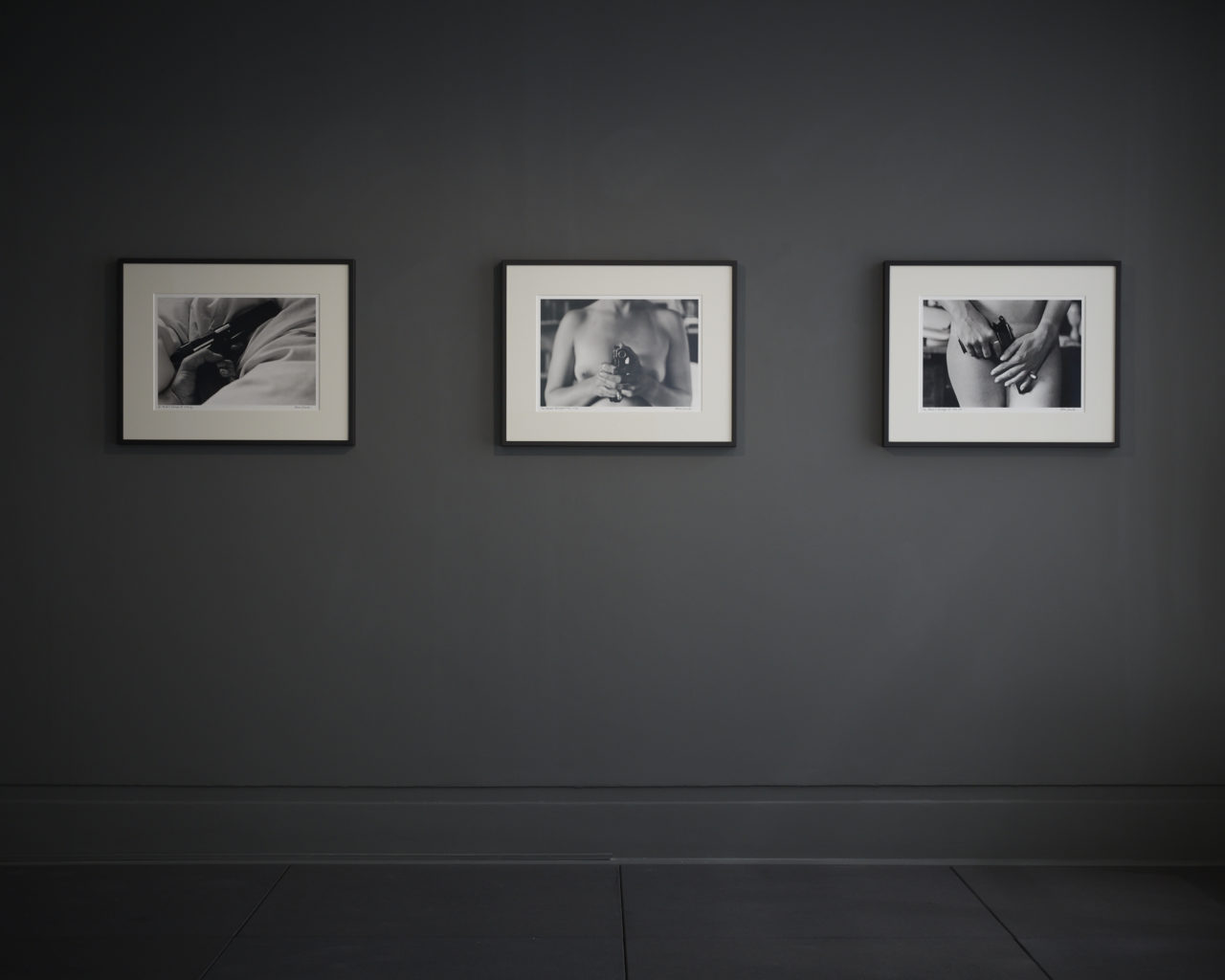Trish Clark Gallery is delighted to announce representation of the Estate of distinguished artist Alexis Hunter, having worked with her in the early 90’s and more recently supported the global reappraisal of the importance of the 70’s feminist avant-garde, including Hunter. This first exhibition at the gallery will present paintings, drawings and photographs from various periods to re-introduce this important artist’s works to local audiences, as a key exhibition in Auckland’s Artweek 2017.
Alexis Hunter is the only New Zealand artist whose work is held both in important New Zealand Museum Collections and Tate UK, Scottish National Gallery of Modern Art, Arts Council of Great Britain, and Sammlung Verbund Collection, Vienna. She came to international prominence after settling and working in London upon graduating with Honours from The University of Auckland’s Elam School of Fine Art in 1969. In London she devised her best-known photographic Narrative Sequences as a broad intervention in the prevailing sexual / cultural / commercial mores and conversations; at the time they were exhibited at London’s Hayward Gallery and the ICA, the Sydney Biennale, and various European museums.
With renewed global interest in the 70’s feminist avant-garde, Hunter’s work has been included in the important exhibitions: ‘Live in Your Head: Concept and Experiment in Britain’ at Whitechapel Gallery, London; ‘Work’ at Taxispalais, Innsbruck; ‘WACK! Art and the Feminist Revolution’ at MOCA, Los Angeles. Lynda Morris of the Norwich Gallery curated a large solo exhibition of the Sequences works, ‘Alexis Hunter: Radical Feminism in the 1970s’, which travelled to Bunkier Sztuki, Kracow, Poland.
The titles of Alexis Hunter’s photographs are pointed: Approach to Fear; Voyeurism; Violence: Destruction of Evidence; Identity Crisis; Effeminacy; Sexual Warfare; Masculinisation of Society; Oh No!; Dialogue with a Rapist. These were the ideas and themes that preoccupied her, explored in a series of conceptual works using photography, film and text. Her iconic image sequence of her hands burning silver platform shoes, Approach to Fear XIII: Pain – Destruction of Cause 1977, was acquired by Tate in 2013, shortly before her premature death from motor neurone disease in 2014.
Hunter focused on the female gaze, opening up thinking about the intersection of feminism, new technologies, and a disruptive epoch. Prescient in their understanding of the manipulation of the consumer and saturation of sexual visual language, her images are eloquent harbingers of our obsessive Instagram era. Critic Lucy Lippard noted of Alexis Hunter: “Fetishism and a hint of S&M lurk just beneath the surfaces of Hunter’s photographs … Her rage at capitalism is focused upon the mass media which have, as Judith Williamson puts it, been ‘selling us ourselves’ for profit.”
NEWSROOM article by Hamish Coney →
VICE article by Frances Morton →

